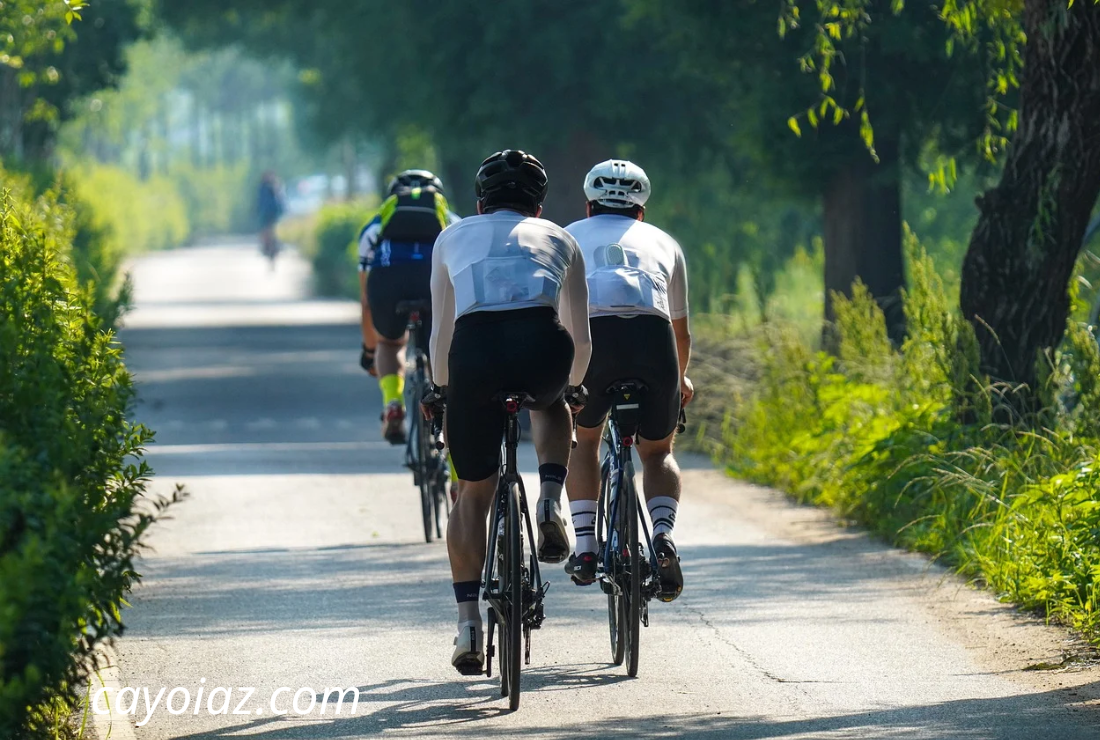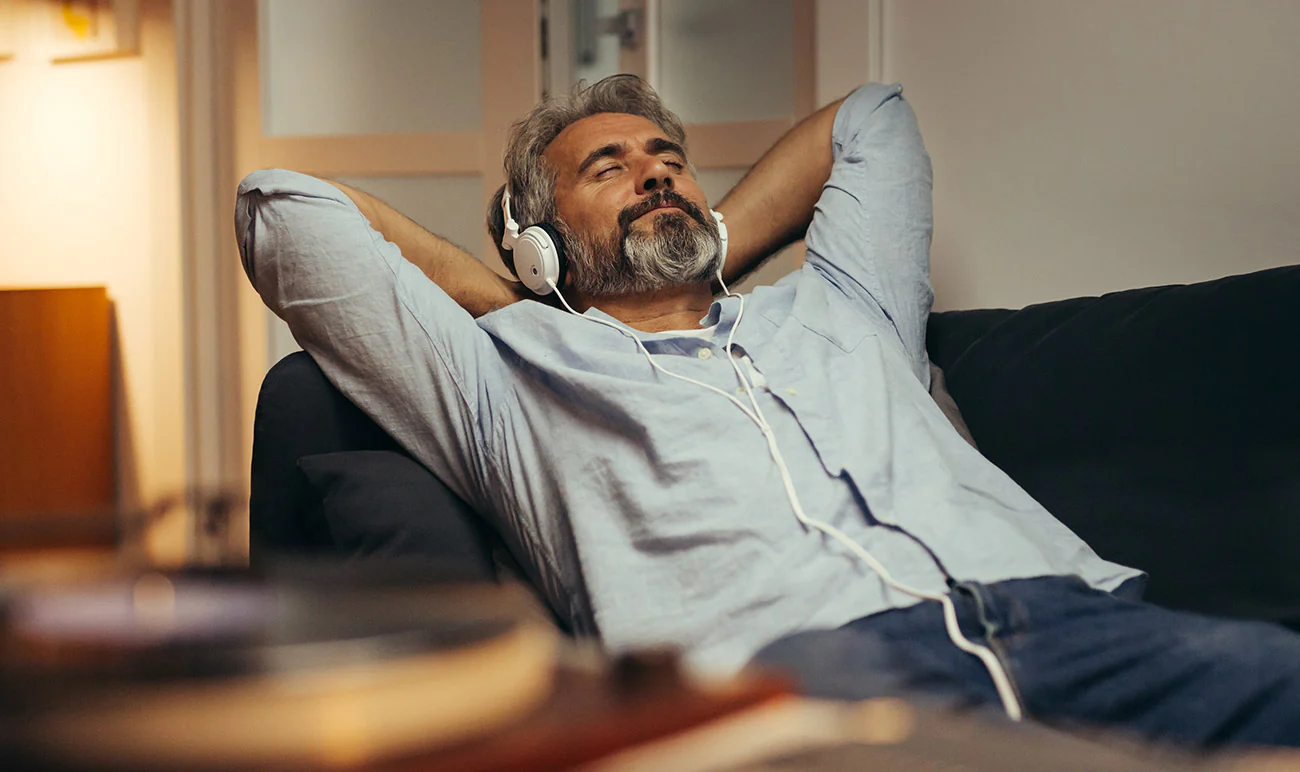Guided Relaxation Exercises: Step-by-Step Practices to Help You Unwind and Rejuvenate
In today’s fast-paced world, finding moments of tranquility and relaxation is essential for maintaining mental and physical well-being. Guided relaxation exercises are effective techniques that can help you release stress, reduce anxiety, and rejuvenate your mind and body. This guide provides detailed steps for various guided relaxation practices, helping you incorporate them into your daily routine for a more balanced and peaceful life.
Key Highlights
- Benefits of Guided Relaxation Exercises
- Progressive Muscle Relaxation
- Guided Imagery
- Deep Breathing Techniques
- Body Scan Meditation
- Tips for Effective Practice
Benefits of Guided Relaxation Exercises
Key Points:
- Stress Reduction: Guided relaxation helps lower cortisol levels and promotes a state of calm, reducing overall stress and anxiety.
- Improved Sleep Quality: Regular practice of relaxation techniques can enhance sleep quality by calming the mind and preparing the body for rest.
- Enhanced Focus and Clarity: By reducing mental clutter, relaxation exercises can improve concentration and cognitive function.
- Physical Health Benefits: Lowering stress through relaxation can positively impact blood pressure, heart rate, and muscle tension.
Progressive Muscle Relaxation
Key Points:
- Understanding Progressive Muscle Relaxation (PMR): PMR involves tensing and then slowly relaxing different muscle groups in the body. This technique helps increase body awareness and release physical tension.
Steps:
- Find a Comfortable Position: Sit or lie down in a comfortable position, ensuring your body is supported and relaxed.
- Focus on Your Breathing: Take a few deep breaths to center yourself and prepare for the exercise.
- Start with Your Toes: Tense the muscles in your toes and feet by curling them tightly. Hold the tension for about 5-10 seconds, then release completely. Notice the sensation of relaxation.
- Move Up Your Body: Progressively work your way up through your body, tensing and relaxing each muscle group—calves, thighs, abdomen, chest, arms, and shoulders.
- Complete the Exercise: End with your neck and face. Take a few moments to enjoy the overall sensation of relaxation before concluding the practice.
Guided Imagery
Key Points:
- Understanding Guided Imagery: This technique involves visualizing calming and pleasant scenes or experiences to promote relaxation and reduce stress.
Steps:
- Choose a Quiet Space: Find a comfortable and quiet place where you won’t be disturbed.
- Get Comfortable: Sit or lie down comfortably, allowing your body to relax fully.
- Close Your Eyes: Gently close your eyes and take a few deep breaths to help settle your mind.
- Visualize a Peaceful Scene: Imagine yourself in a serene and enjoyable location, such as a beach, forest, or meadow. Focus on the details of the scene—colors, sounds, textures, and scents.
- Immerse Yourself: Engage all your senses in the imagery, allowing yourself to fully experience the calm and relaxation of the scene. Stay in this visualization for 5-10 minutes.
- Return Gradually: Slowly bring your awareness back to the present moment, and gently open your eyes.
Deep Breathing Techniques
Key Points:
- Understanding Deep Breathing: Deep breathing involves focusing on slow, controlled breaths to enhance relaxation and reduce stress.
Steps:
- Find a Comfortable Position: Sit or lie down comfortably, keeping your back straight and shoulders relaxed.
- Place Your Hands: Place one hand on your chest and the other on your abdomen to monitor your breathing.
- Inhale Slowly: Breathe in deeply through your nose for a count of 4, allowing your abdomen to rise more than your chest.
- Hold Your Breath: Hold the breath for a count of 4.
- Exhale Slowly: Exhale gently through your mouth for a count of 6, letting all the air out and feeling your abdomen fall.
- Repeat: Continue this process for 5-10 minutes, focusing on the rhythm of your breath and the sense of relaxation it brings.
Body Scan Meditation
Key Points:
- Understanding Body Scan Meditation: This technique involves mentally scanning your body for areas of tension and consciously relaxing them.
Steps:
- Lie Down Comfortably: Find a comfortable position, lying on your back with your arms at your sides.
- Close Your Eyes: Close your eyes and take a few deep breaths to center yourself.
- Focus on Your Feet: Bring your attention to your toes and feet, noticing any tension or discomfort. Imagine each muscle group relaxing.
- Move Upward: Gradually move your attention up through your body—feet, legs, hips, abdomen, chest, arms, neck, and head. For each area, focus on relaxing and releasing tension.
- Observe Sensations: Pay attention to how each part of your body feels as you relax it. Allow yourself to experience the sensations of calm and release.
- Complete the Practice: Once you’ve scanned and relaxed the entire body, take a few more deep breaths and gently return to the present moment.
Tips for Effective Practice
Key Points:
- Consistency: Practice relaxation exercises regularly to experience the full benefits and integrate relaxation into your daily routine.
- Create a Relaxing Environment: Choose a quiet, comfortable space for your practice, free from distractions.
- Be Patient: It may take time to fully experience the benefits of relaxation exercises. Be patient with yourself and maintain a consistent practice.
- Stay Mindful: Focus on the present moment and let go of distractions or racing thoughts during your practice.
Conclusion
Guided relaxation exercises offer valuable tools for managing stress, improving sleep, and enhancing overall well-being. By incorporating techniques such as progressive muscle relaxation, guided imagery, deep breathing, and body scan meditation into your routine, you can cultivate a greater sense of peace and rejuvenation. Embrace these practices as a means to unwind and support your mental and physical health.
FAQ
- How often should I practice guided relaxation exercises?
- Aim to practice relaxation exercises daily or several times a week to maintain their benefits and integrate relaxation into your lifestyle.
- Can guided relaxation exercises help with anxiety?
- Yes, guided relaxation exercises can be effective in reducing anxiety by promoting calmness and helping you manage stress.
- How long should each relaxation session last?
- Sessions typically last between 5-15 minutes. Adjust the duration based on your comfort level and schedule.
- Do I need any special equipment for guided relaxation exercises?
- No special equipment is required. A comfortable space and a quiet environment are sufficient for most relaxation practices.
- What if I find it difficult to focus during relaxation exercises?
- It’s normal to experience difficulty focusing at times. Gently redirect your attention back to the exercise and practice regularly to improve focus and effectiveness.













Post Comment